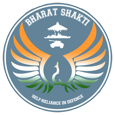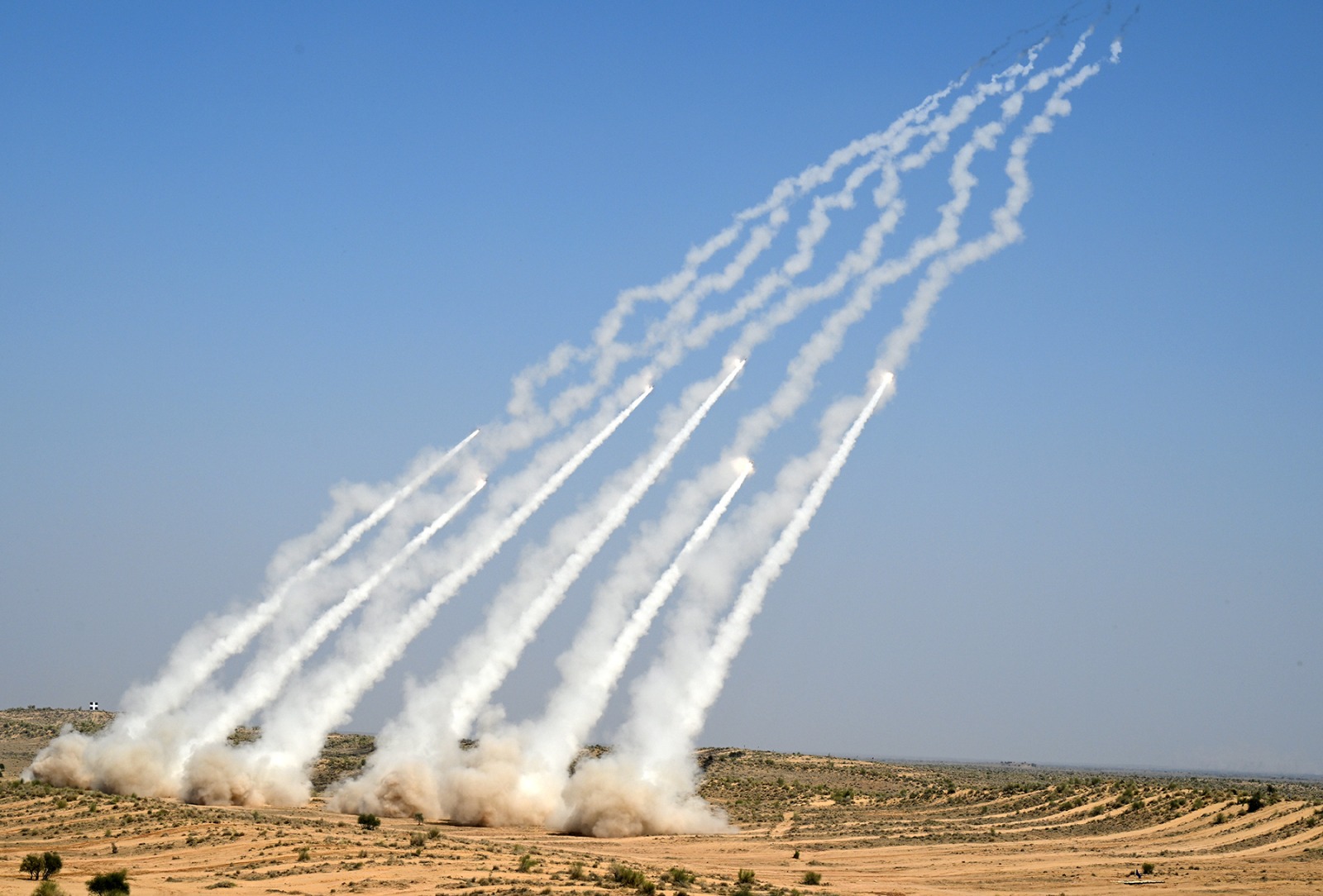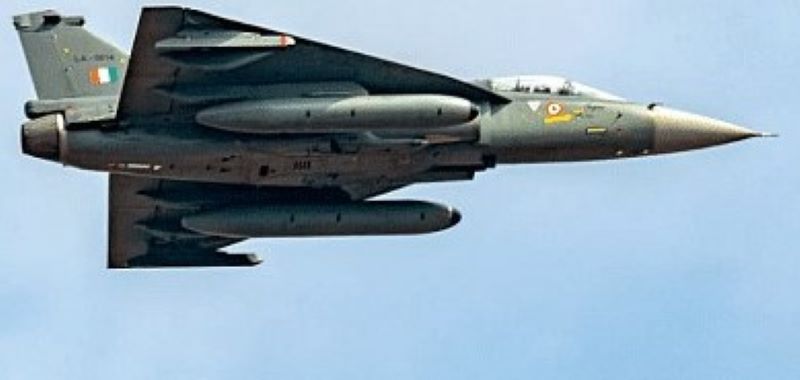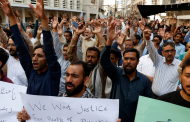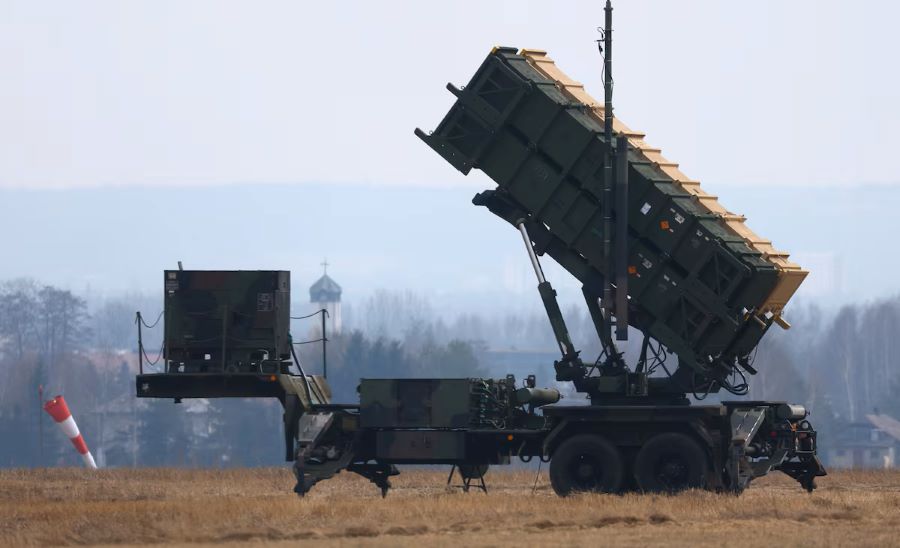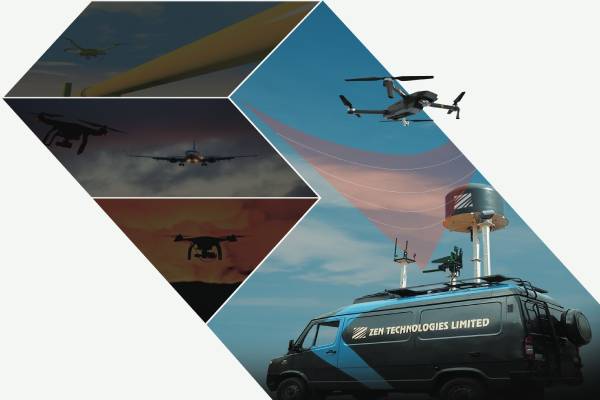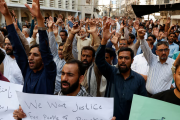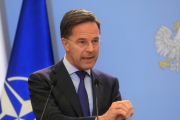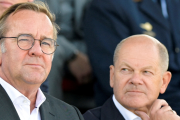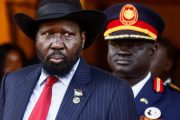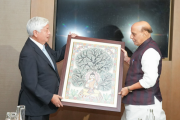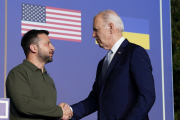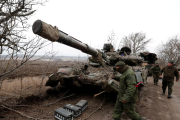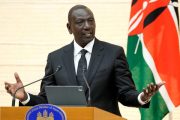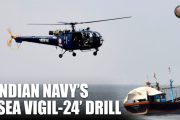Amidst the thunderous display of Make-in-India tanks, ammunition, and indigenous aircraft, helicopters soaring over the deserts of Pokhran, Rajasthan, during the monumental joint tri-services war game, Exercise Bharat Shakti, on Tuesday, India showcased unprecedented excellence in global military equipment production. Despite a setback with the crash of a Tejas Light Combat Aircraft (LCA) during the exercise, India’s reputation as a top-tier producer of world-class military equipment remained unscathed. The world took notice, with delegates from more than 30 countries witnessing as Bharat Shakti showcased India’s cutting-edge military equipment. Prime Minister Narendra Modi remarked that Pokhran symbolises the trinity of “India’s Atmnirbharta, self-confidence, and glory.”
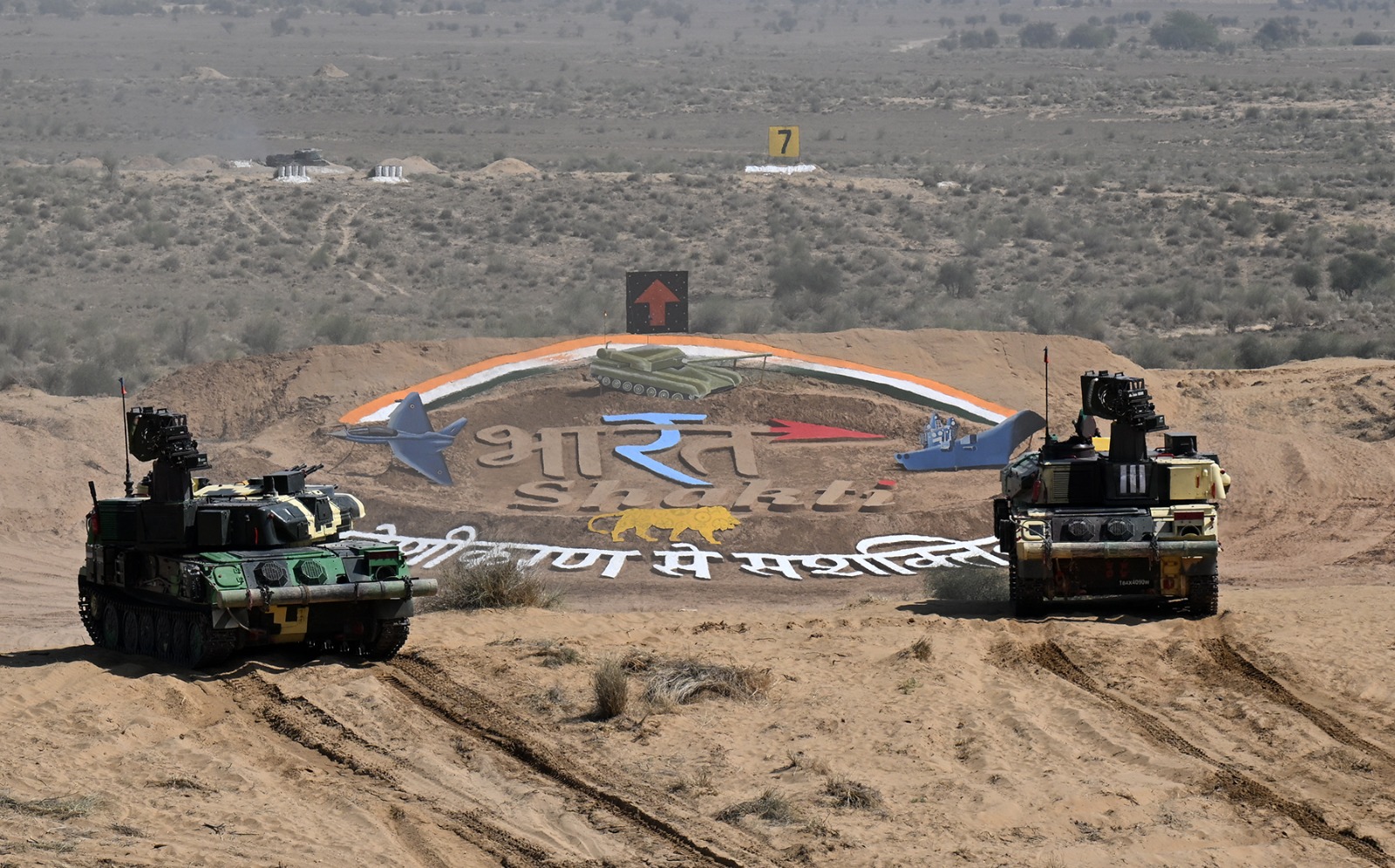
Target Area
Before the commencement of the tri-service exercise ‘Bharat Shakti’, as lead organiser of the exercise, Indian Army Chief General Manoj Pande emphasised the significance, stating, “Today, we are gathered here to observe the demonstration of the firepower capabilities of indigenous weapons and the operational readiness of all three defence forces. The tri-service event will highlight the critical equipment and weapon systems.” Defence Minister Rajnath Singh, Chief of Defence Staff Gen Anil Chauhan, Navy Chief Admiral R Hari Kumar, and IAF Chief Air Chief Marshal V R Chaudhari witnessed the tri-services firepower and manoeuvre exercise, marking a historic first of its magnitude.
The skies resonated with the sounds and fury of LCA Tejas and ALH Mk-IV Dhruv and Prachand helicopters. On the ground, the Main Battle Tank Arjun, K-9 Vajra, and T-90 Bhishma tanks, along with the Dhanush and Sharang artillery gun systems, dominated the firing ranges. The action-packed display of the Pinaka rocket system drew thunderous applause from the spectators. Also, the mobile anti-drone system, BMP-II and its variants, and a fleet of swam drones showcased remarkable precision striking capabilities throughout the exercise.
The exercise demonstrated India’s military strength and the seamless integration of multi-domain operations across the three services. It underscored the “shock and awe” effect the armed forces aim to achieve in operational scenarios through their manoeuvrability and combat capabilities.
During his address following the integrated tri-service firepower and manoeuvre exercise, which lasted around 50 minutes, Modi remarked, “The thunderous aircraft overhead and the valour displayed on the ground during the Bharat Shakti exercise symbolise the spirit of a ‘new India’ (naye Bharat ka aavhan hai).” He recalled Pokhran’s historical significance as the site of India’s past nuclear tests, emphasising, “This is Pokhran, where India showcased its nuclear capabilities, and today we witness the strength of ‘Swadeshikaran se Sashaktikaran‘ (empowerment through indigenisation).”
PM Modi highlighted that over the past decade, equipment worth Rs 6 lakh crore has been sourced from Indian companies, while the country’s defence production has more than doubled to exceed Rs 1 lakh crore. During this time, over 150 defence startups have emerged, receiving orders worth Rs 1800 crore from the defence forces. He acknowledged the pivotal role played by the youth in these achievements. The Prime Minister also outlined steps toward achieving self-reliance in the defence sector, including policy reforms, engaging the private sector, and fostering MSME startups. He also mentioned the establishment of defence corridors in Uttar Pradesh and Tamil Nadu, with a significant investment of Rs 7000 crore. Moreover, he expressed happiness over the commencement of operations at Asia’s largest helicopter factory in India, Karnataka’s Tumakuru.
PM Modi emphasized that self-reliance in India’s defence sector breeds confidence within the armed forces. He highlighted the significant boost in the morale of the armed forces when utilizing indigenous weapons and equipment during conflicts. Over the past decade, the Prime Minister noted India’s achievements in producing its own fighter jets, aircraft carriers, C295 transport aircraft, and advanced flight engines. Pointing to the recent Cabinet decision to design, develop, and manufacture 5th-generation fighter jets domestically, PM Modi envisioned substantial growth in the defence sector, foreseeing abundant employment and self-employment opportunities in the future.
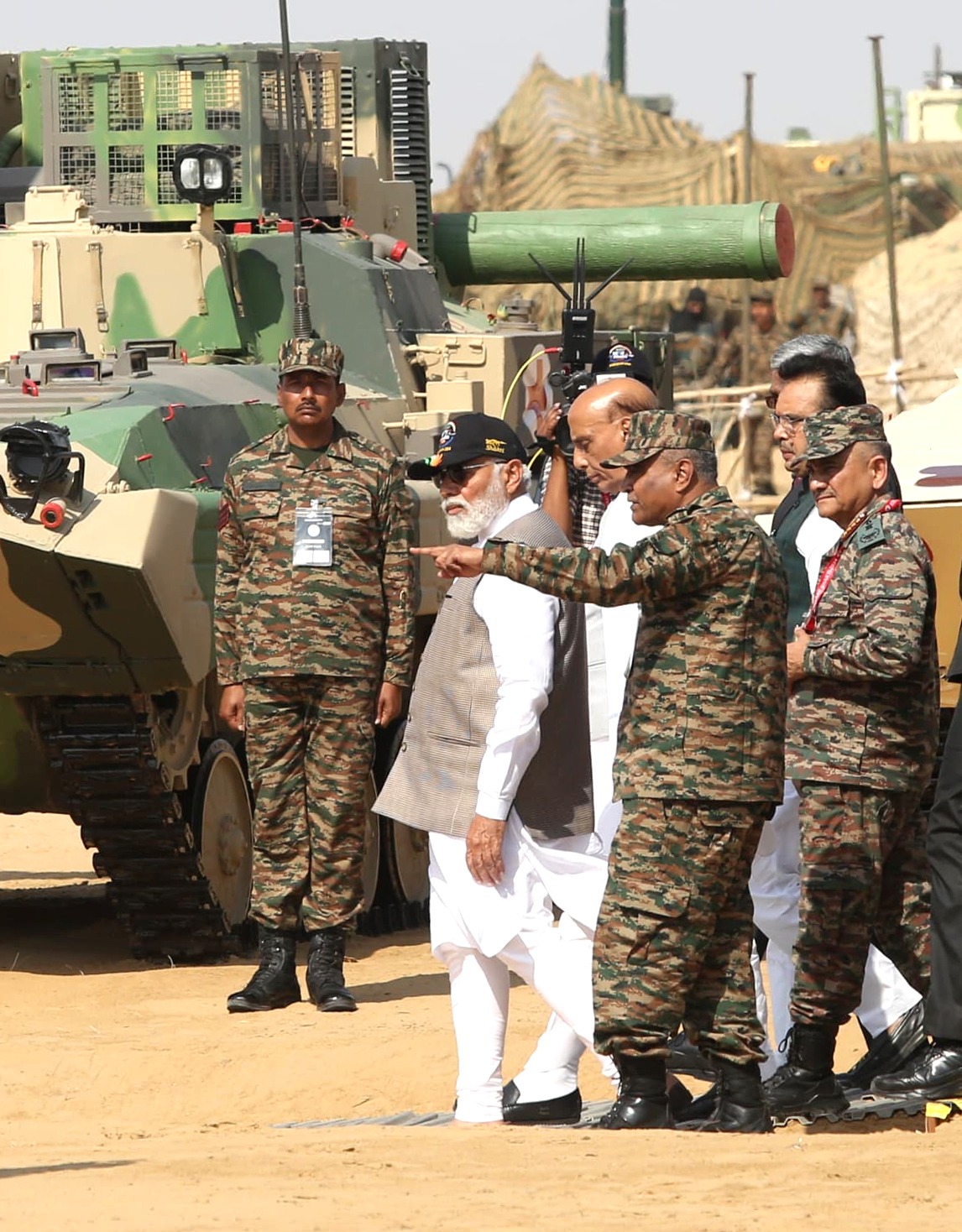
PM Modi at static display arena
The Prime Minister also visited the area where a static display of equipment and platforms was kept near the live demonstration site. Several cutting-edge platforms, including space and Artificial Intelligence, were also displayed in the exhibition area.
A foreign delegate who attended the exercise remarked that the exercise demonstrated the significant progress made by India’s defence industry in recent years.
Ravi Shankar

